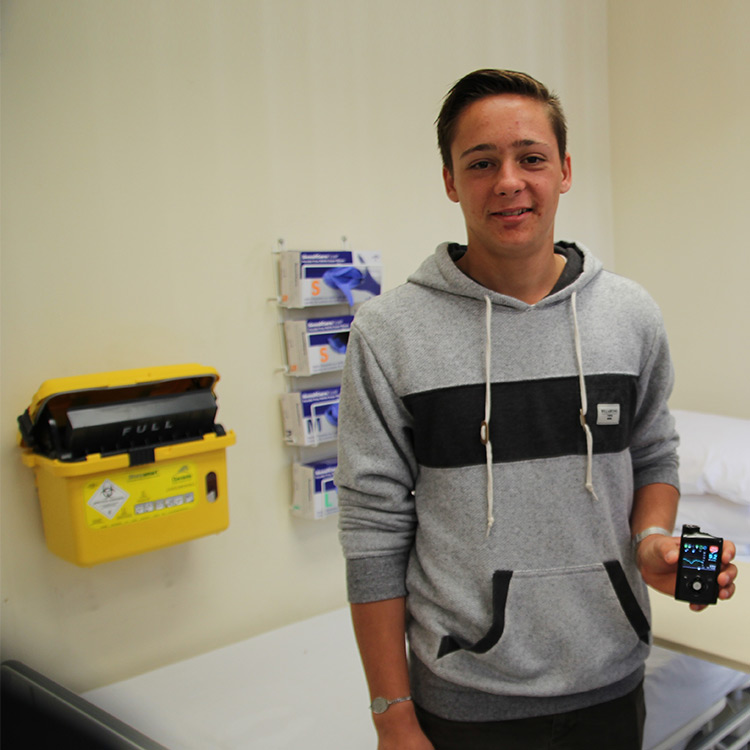Search
Research
Quantification of walking-based physical activity and sedentary time in individuals with Rett syndromeQuantifying individual's with Rett syndrome with the ability to walk, walking based activities and sedentary time, analyzing a variety of influences.
Research
Moderate and severe diabetic ketoacidosis at type 1 diabetes onset in children over two decades: A population-based study of prevalence and long-term glycemic outcomesTo investigate in a population-based pediatric cohort: prevalence of moderate-severe diabetic ketoacidosis at type 1 diabetes diagnosis over two decades and its association with long-term glycemic control.
Research
The relationship between meal carbohydrate quantity and the insulin to carbohydrate ratio required to maintain glycaemia is non-linear in young people with type 1 diabetes: A randomized crossover trialTo determine if the relationship between meal carbohydrate quantity and the insulin to carbohydrate ratio (ICR) required to maintain glycaemia is linear in people with type 1 diabetes.
Research
The Effect of Hypoglycemia on Spectral Moments in EEG Epochs of Different Durations in Type 1 Diabetes PatientsThe potential of using an electroencephalogram (EEG) to detect hypoglycemia in patients with type 1 diabetes has been investigated in both time and frequency domains. Under hyperinsulinemic hypoglycemic clamp conditions, we have shown that the brain's response to hypoglycemic episodes could be described by the centroid frequency and spectral gyration radius evaluated from spectral moments of EEG signals.

News & Events
Local researchers lead biggest ‘artificial pancreas’ outpatient studyThe Children’s Diabetes Centre at The Kids Research Institute Australia is leading the longest and largest at-home trial of a hybrid closed-loop insulin pump system.
Research
Promoting Resilience in Stress Management for Parents (PRISM-P) intervention in parents of young children with T1DKeely Amy Tim Bebbington Finlay-Jones Jones MClinPsych/PhD BPsych(Hons), MPsych(Clinical), MHealthEcon, PhD (Clin Psych) MBBS DCH FRACP MD McCusker
Research
The use of an automated, portable glucose control system for overnight glucose control in adolescents and young adults with type 1 diabetesA key milestone in progress towards providing an efficacious and safe closed-loop artificial pancreas system for outpatient use is the development of fully...
Research
Ethnic and gender differences in rates of congenital adrenal hyperplasia in Western Australia over a 21 year periodThe aim was to evaluate the incidence, sex distribution, ethnicity, age at diagnosis, clinical presentation and morbidity of all childhood-onset congenital...
Research
Clinical evaluation of a noninvasive alarm system for nocturnal hypoglycemiaThe aim of this study was to evaluate the performance of a prototype noninvasive alarm system (HypoMon) for the detection of nocturnal hypoglycemia.
Research
Western Australian Children’s Diabetes DatabaseThis register was established at Princess Margaret Hospital in 1987 which stores data on all consenting patients attending the hospital’s diabetes clinic.
